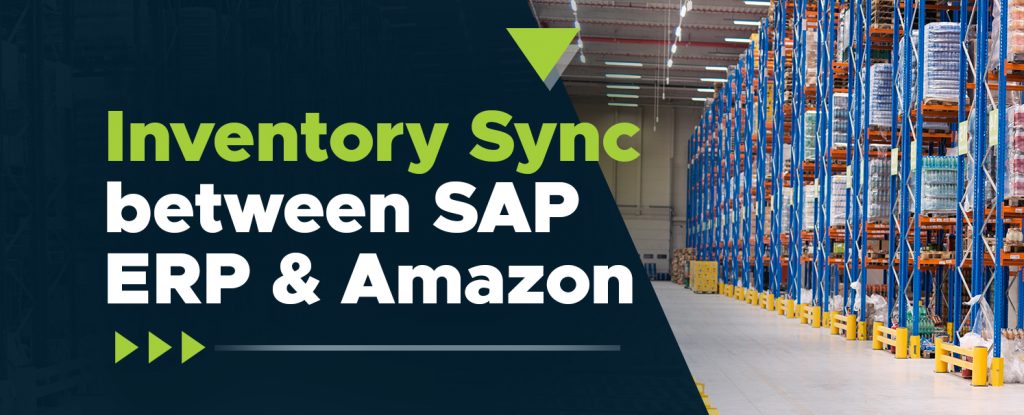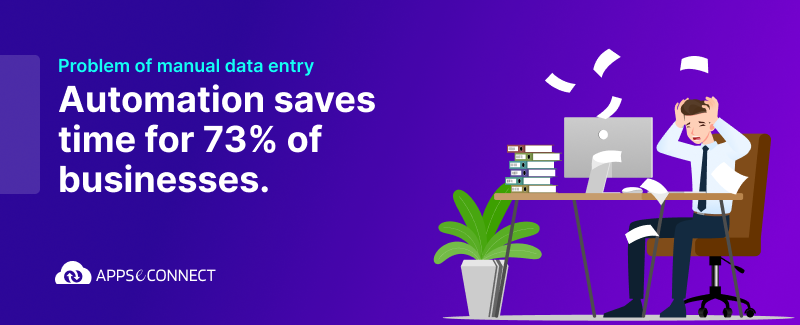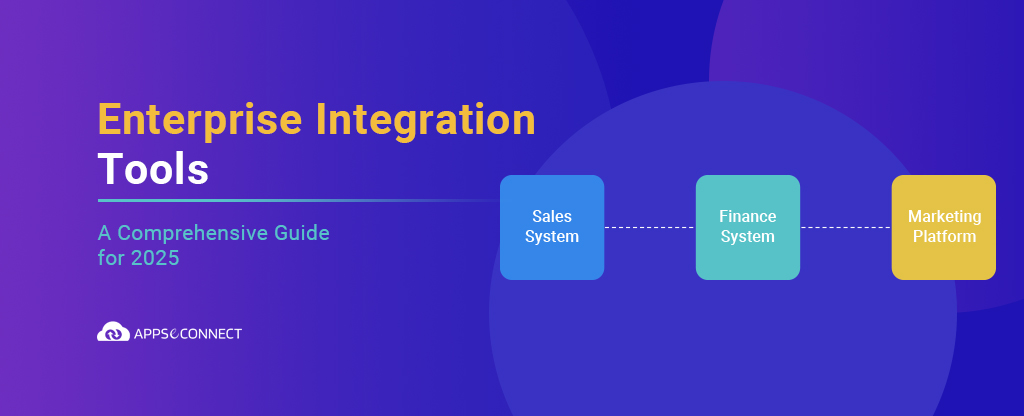Amazon is now a common household name and a great e-commerce platform. It is more popular as it has almost all the products needed in our day-to-day life. Amazon is a marketplace where companies and merchants can sell their products.
SAP ECC stands for SAP ERP Central Component (ECC) and is an ERP system that consists of fully integrated modules that means when there is an update in one area of the business, such as sales, automatically updates information in other relevant areas of the business, such as inventory. It is a system of records where we can store master data like customers and products.
APPSeCONNECT is a smart and robust Integration Platform as a Service (iPaaS) that integrates eCommerce stores and marketplaces with ERP systems and automates your business processes to maximize productivity and efficiency. It acts as a middleware between various different business applications. With its out-of-box features and functionalities, users can transfer data between two or more business applications.
In this article, we will look at how APPSeCONNECT synchronizes inventory between SAP and Amazon. One of the most important aspects of synchronizing an ecommerce with SAP is to ensure that product availability reflects correctly on the web channel. This is especially important in a multi-channel commerce environment where orders can come in from various channels such as mobile, marketplaces, distributors, web, etc.
SAP and Amazon Inventory Sync Process:
Amazon is a marketplace where companies (or merchants) can sell their products. Inventory Sync is a crucial aspect for companies to ensure product availability on their webstore. Therefore, to automate the process and sync accurate inventory to Amazon from SAP we suggest the sync process from SAP to Amazon using APPSeCONNECT.
Inventory Synchronization is required for accurate Marketplace sales and profits. The price sync is done from SAP ECC to Amazon using APPSeCONNECT. Whenever quantity is changed or updated for a product in SAP ECC, APPSeCONNECT will find the corresponding product and update the accurate quantity to Amazon in an automated manner.
As we know, Amazon is a place where merchants and companies sell their products. Let us consider an example, ABC Plastic LTD. is using SAP ECC. They want to sell their products on Amazon, they can do so in two models as mentioned below:
- Fulfilled by Amazon (FBA) – In this case, the products will be kept in the Amazon warehouse. Once an order is placed on Amazon by, let us say, a customer named Sam Smith, the order will be shipped from the Amazon Warehouse. Within the day, let us say, that various products are ordered and the stock depletes in Amazon Warehouse, the next day ABC Plastic LTD. sends a shipment and replenishes the stock levels.
- Fulfilled by Merchant (FBM) – In this case, Amazon takes orders just like in FBA. However, here, the inventory is not maintained at Amazon but in ABC Plastic’s own warehouse. When an order comes in, Amazon does not still give the name and address of customers. However, they get a shipping label from Amazon for each order. ABC just needs to pack the order and print / paste the respective labels. Even in this case Amazon charges the customer, deducts fees and pays to the merchant (ABC plastic in this case).
Advantages of Inventory Sync between SAP ECC and Amazon:
- Accurate stock sync to Amazon
- Saves time and effort
- No human intervention
- Less chance of errors
- Data Consistency
To know more about this integration, click here. If you want to explore the sync process in detail, kindly go through the video below:
Conclusion:
As you have seen the inventory sync process from SAP ECC to Amazon you can find more on our website. Kindly do visit and we sincerely hope that this was useful and any comment of feedback will be very helpful.
APPSeCONNECT is a smart and robust business application integration platform that seamlessly connects SAP ECC with the Amazon Seller Central platform to streamline operations and facilitate the free-flow of data. By moving into the region of iPaaS, APPSeCONNECT proves to be a best-in-the-class platform that easily connects systems and automates the business process.





















